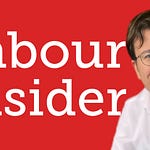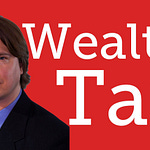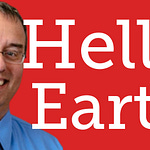In this Free the Power podcast, the IEA's Andy Mayer interviews Tim Gregory, author of "Going Nuclear: How the Atom Will Save the World" and nuclear scientist at Sellafield. The conversation tackles radiophobia and public misconceptions about nuclear safety, examining how accidents like Chernobyl and Fukushima have shaped public perception despite nuclear power being statistically as safe as wind and solar energy. Gregory shares his personal experience working with radioactive materials daily and even swimming off the coast of Sellafield, demonstrating how those who work closest to radiation are least afraid of it.
The discussion reveals why nuclear construction has become so expensive and slow, with Gregory pointing to overregulation through models like the linear no-threshold approach that assumes no safe level of radiation exposure. They explore the promising emergence of small modular reactors that can be mass-produced like "IKEA furniture" and deployed at industrial sites to provide both electricity and heat for manufacturing processes. Gregory explains how this technology could revolutionise decarbonisation efforts by addressing the often-overlooked need for high-temperature industrial heat in sectors like steel production, ammonia synthesis, and food processing.
Beyond power generation, Gregory reveals fascinating applications including nuclear medicine where radioactive isotopes target cancer cells, essentially making tumours radioactive to destroy them from within. He argues that nuclear waste should be viewed as a valuable resource rather than just waste, containing materials essential for medical isotopes and space exploration. The conversation covers how radioactive power sources enable spacecraft missions beyond Jupiter and could power future lunar and Mars habitats, with Gregory highlighting that the UK's nuclear waste stockpile contains enough material to fuel an "essentially infinite supply" of space batteries for solar system exploration.











